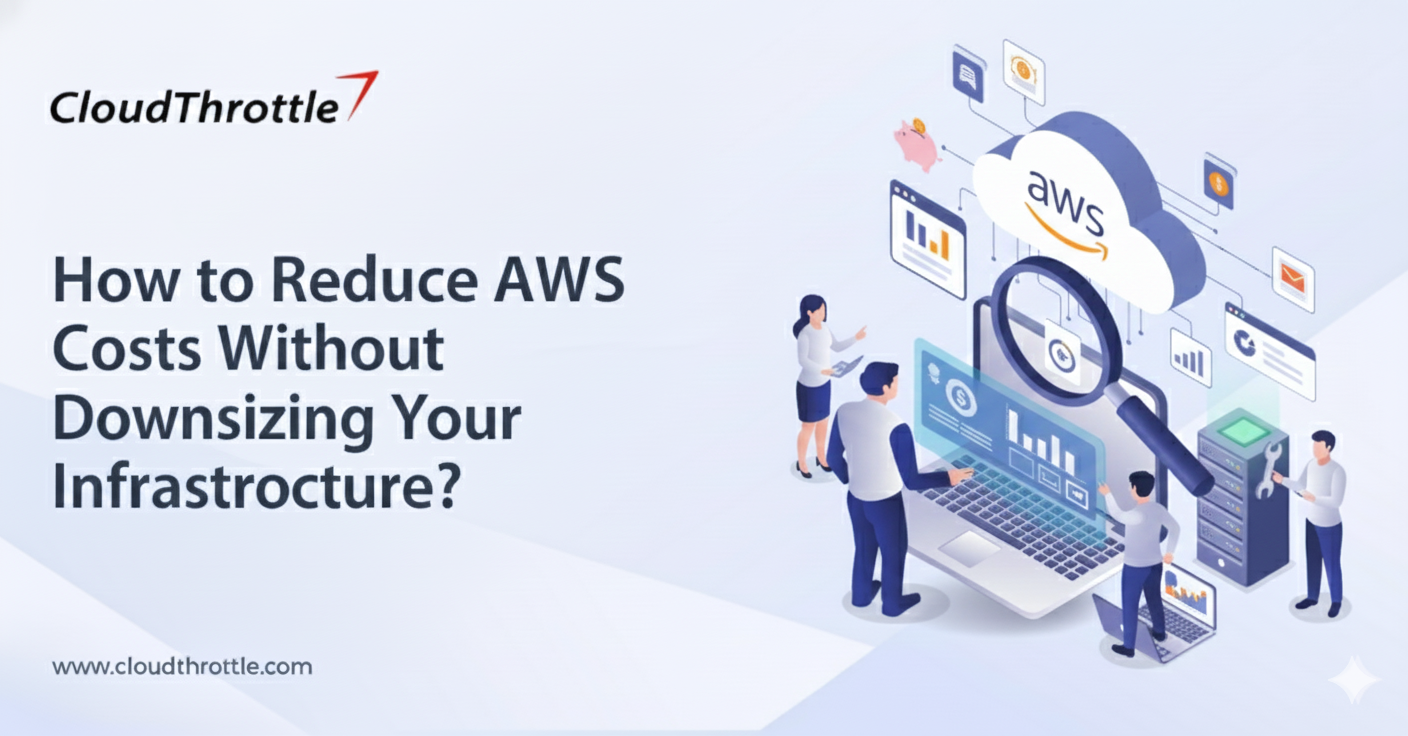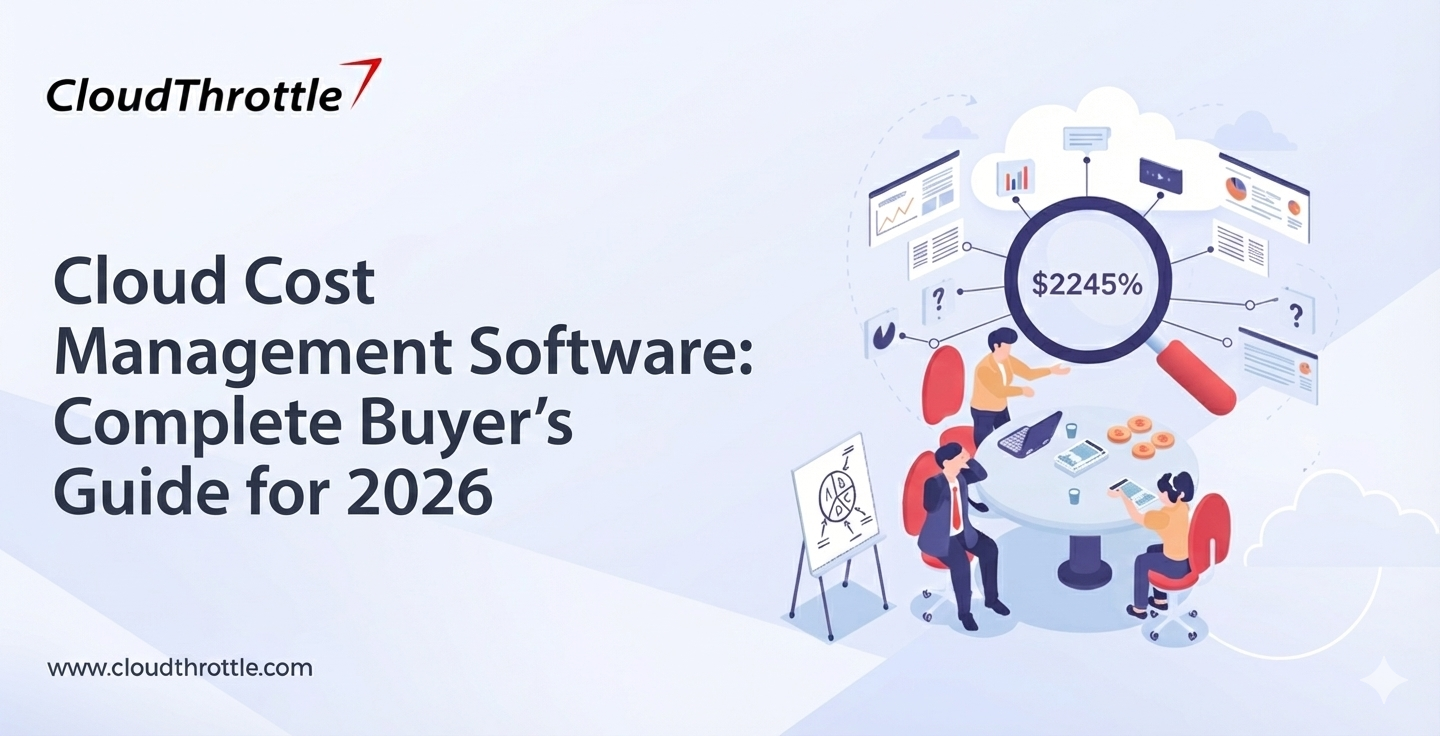Discover how to manage cloud usage costs effectively and align with your cloud budget. Learn about cloud cost optimization, real-time budget modification, and cloud cost observability with CloudThrottle's advanced solution.Discover how to manage cloud usage costs effectively and align with your cloud budget. Learn about cloud cost optimization, real-time budget modification, and cloud cost observability with CloudThrottle's advanced solution.The Complexity of Cloud Bills
Cloud bills are well-known for their complexity and the challenge they present to organizations trying to manage and optimize their cloud usage costs effectively. While these bills provide a high-level overview of spending, they often lack the granularity needed to pinpoint specific cost drivers. This makesit difficult for the leadership team to align cloud expenditures with their allocated cloud budget without diving into every cloud resource's usage line item.
What are Hidden Costs in Cloud Bills?
Hidden costs in cloud usage bills can significantly impact overall expenses and are often overlooked during the initial planning phase. These hidden costs include data transfer costs for moving data between regions or out of the provider's network; storage costs beyond basic fees, such as read/write operations and long-term storage; idle resources that incur charges despite low utilization; egress charges for data transfers out of the network; overprovisioning of resources leading to unnecessary expenses; unplanned usagedue to misconfigurations; additional licensing fees; support and consultation fees; compliance and security costs; snapshot and backup storage costs; high-volume API request charges; scaling costs with minimum usage charges; andthird-party service fees. Understanding and managing these hidden costs iscrucial for effective cloud cost optimization and budget observability. Implementing tools and practices like cost monitoring,budget alerts, and resource management can help in mitigating these hidden expenses by providing real-time insights, automated alerts for unusual spending, and efficient resource allocation.
Common Challenges in Cloud Cost Management
- Aggregated and Generalized Billing: Cloud bills typically aggregate costs, making it challenging to identify which services or departments drive expenses. This lack of detailed visibility can obscure an understanding of how different infrastructure components contribute to overall costs.
- Manual and Time-Consuming Processes: Many organizations use manual processes to analyze cloud costs. This consumes valuable time and diverts resources away from strategic initiatives.
- Delayed Responses to Cost Incidents: Cloud cost data can become outdated quickly without continuous monitoring, leading to delayed responses to cost spikes or inefficiencies. This reactive approach can result in overspending before issues are identified and addressed.
- Fragmented Cost Data: Different cloud platforms and tools use varying data formats, complicating the consolidation and analysis of cost data. This fragmentation necessitates a steep learning curve and increases the effort required for comprehensive cost management.
Leadership Team Concerns and the Need for Strategic Oversight
The main concern for the leadership team is not just understanding eachline item on a cloud bill but ensuring that cloud spending aligns with the organization’s strategic goals and cloud budget constraints. Here arekey areas of focus:
- Budget Alignment: It is crucial to ensure that cloud spending stays within allocated budgets. This involves setting clear budgetary goals and continuously monitoring spending against these targets to avoid budget overruns.
- Cloud Cost Optimization: Identifying opportunities to optimize cloud spending without compromising performance or service quality is a priority. This includes leveraging reserved instances, optimizing resource allocation, and eliminating unnecessary services.
- Proactive Monitoring and Reporting: Implementing tools and processes for real-time monitoring and reporting of cloud costs helps maintain control and make informed decisions. Proactive cost management can prevent overspending and support financial predictability.
- Monitoring Burn Rate: Monitoring the budget burn rate helps the leadership team understand how quickly the allocated budget is being used. This is crucial for making timely adjustments to prevent budget overruns.
- Cross-Departmental Collaboration: Encouraging collaboration across departments to share insights and best practices for cloud cost management ensures a unified approach and fosters a culture of financial accountability.
The Role of CloudThrottle in Effective Cloud Cost Management
CloudThrottle offers a comprehensive solution to address the challengesthe leadership team faces in managing cloud usage costs. Here’s howCloudThrottle can help:
- Granular Visibility: CloudThrottle provides detailed insights into individual infrastructure components, enabling executives to see exactly where money is being spent. This granular visibility is crucial for identifying cost drivers and optimizing resource allocation.
- Automated and Continuous Monitoring: With CloudThrottle, organizations can automate the monitoring of cloud costs, ensuring real-time visibility and reducing the need for manual intervention. Continuous monitoring helps promptly identify and address cost anomalies.
- Advanced Budget Management Features: CloudThrottle’s advanced cloud budget observability tools allow for setting budgetary goals and thresholds. Features like real-time budget modification, threshold triggers, and usage cost restrictions help organizations stay within budget and plan for future expenses. Budget proration and rollover ensure smooth financial management, even as cloud usage fluctuates.
- Monitoring Budget Burn Rate: CloudThrottle provides insights into the budget burn rate, enabling timely adjustments to spending patterns to prevent budget overruns. This helps maintain financial discipline and predictability.
- Collaboration and Reporting: The platform facilitates collaboration across departments by providing accessible and understandable cost data. It also offers robust reporting capabilities, enabling executives to generate reports that support strategic decision-making
Conclusion
For the stakeholders and leadership team, the focus should be on aligning cloud usage costs with strategic goals and cloud budgets rather than getting bogged down by every line item on a cloud bill. CloudThrottle offers a powerful solution that provides visibility, automation, and tools to manage cloud costs effectively. By leveraging CloudThrottle, organizations can ensure financial predictability, optimize cloud spending, and maintain strategic oversight of their cloud investments.
Are you part of the leadership team looking to gain better control overyour cloud costs? Connect with us for a CloudThrottle product demo today!
















